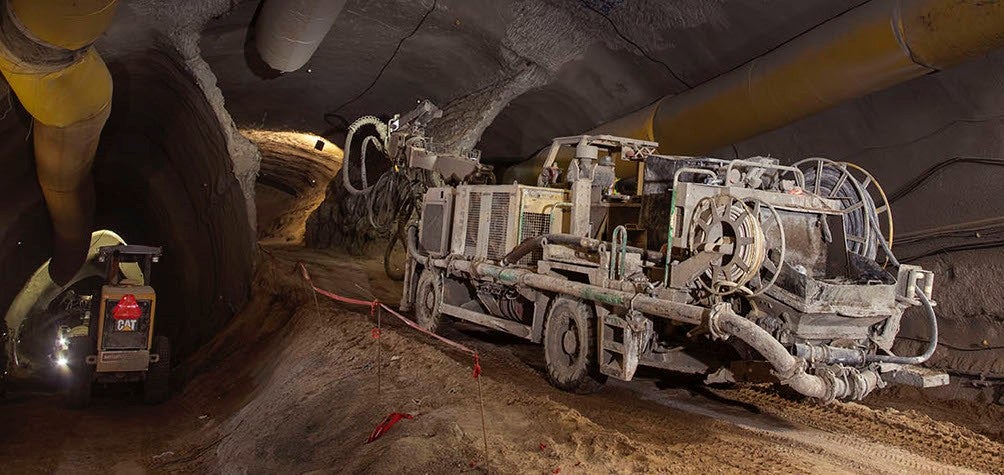The Wessex Water sewage treatment works at Swanage utilises state-of-the-art membrane bio-reactor technology to produce high-quality effluent that exceeds EU standards and is cleaner than the sea into which it is discharged.
Now nearing completion, a major plant upgrade at the site is introducing automation and energy saving measures, whilst increasing the size of the membrane treatment plant to provide spare capacity for future demand. Central to the upgrade, Profibus network-enabled Rotork IQT intelligent electric actuators have been installed to operate butterfly and plug valves on new pipework throughout the plant.
Swanage STW treats sewage for a population of around 10,000, a number that can more than doubled when the area is busy with holidaymakers. Following preliminary screening and grit removal, sewage enters Kubota membrane plants installed in six large tanks for biological treatment and disinfection. The pores in the membranes are so small that they can prevent microscopic bacteria and viruses from passing through.
The upgrade involves increasing the number of membrane packs in each tank to 36, thus considerably increasing the treatment capacity without exceeding the confines of the existing works’ footprint. Automation of the treatment process also enables it to run with increased efficiency and reduced energy consumption.
On each of the membrane plants, the Rotork IQT actuators operate inlet isolation and outlet modulating valves for the sewage, together with air, sodium hypochlorite and wash water injection valves. Additional IQT actuators control the permeate isolation valves used for automated sequential flushing to maintain membrane efficiency. In total, 51 actuators are installed on each tank to provide automatic sequencing of the sewage treatment, membrane cleaning and back-washing processes.
Fourteen Profibus-DP two-wire networks link the actuators to PLCs in the site’s central MCC. These are controlled by a PLC and SCADA system, written by Wessex Water’s in-house automation team. The control PLC is a twin CPU configuration, with one dedicated to the control and monitoring of more than 300 actuators, whilst the other runs the complex automation process, resulting in the collection of control, status and full diagnostic data from each actuator, without any PLC speed or memory limitations. Diagnostic information is available, locally at the valve or nearby HMI, on the site SCADA system and at the regional operation centre at Bath. Remote diagnosis is a cost-effective method of maintenance and service because the right operational staff can be sent to site when required.
With the high-level of process automation enabled by the Rotork actuators, come the added benefits of process integrity, audit ability and highly reliable and accurate process control. Running costs are expected to reduce due to more effective control of the plant, saving electrical power, cleaning agents and water. The effective use of Profibus technology has allowed significant installation savings in cabling, terminations, PLC hardware and labour.
The Damar Group is the principal contractor for mechanical and electrical installation at the Swanage upgrade project, including the on-site fabrication and installation of pipework and actuated valves. The project managers are Wessex Engineering and Construction Services, and the design consultant is Mott MacDonald. The Rotork actuators have been supplied in accordance with the framework agreement that the company holds with Wessex Water.










